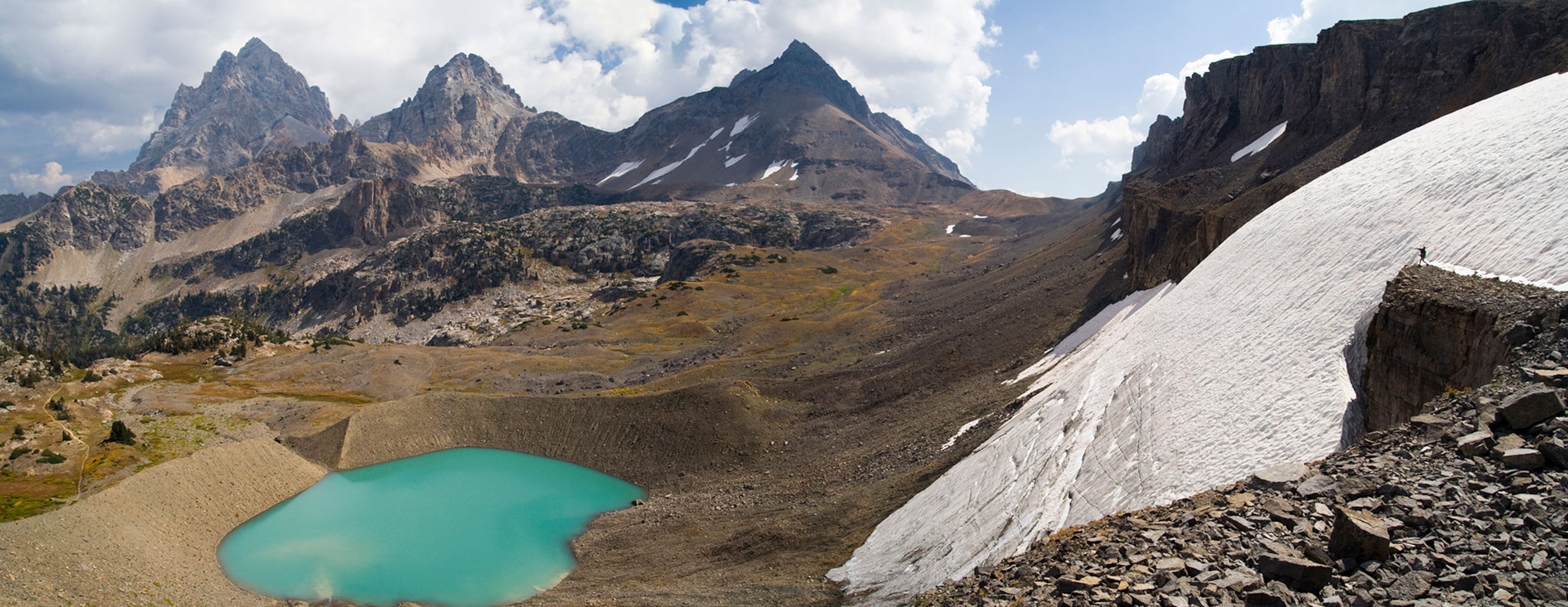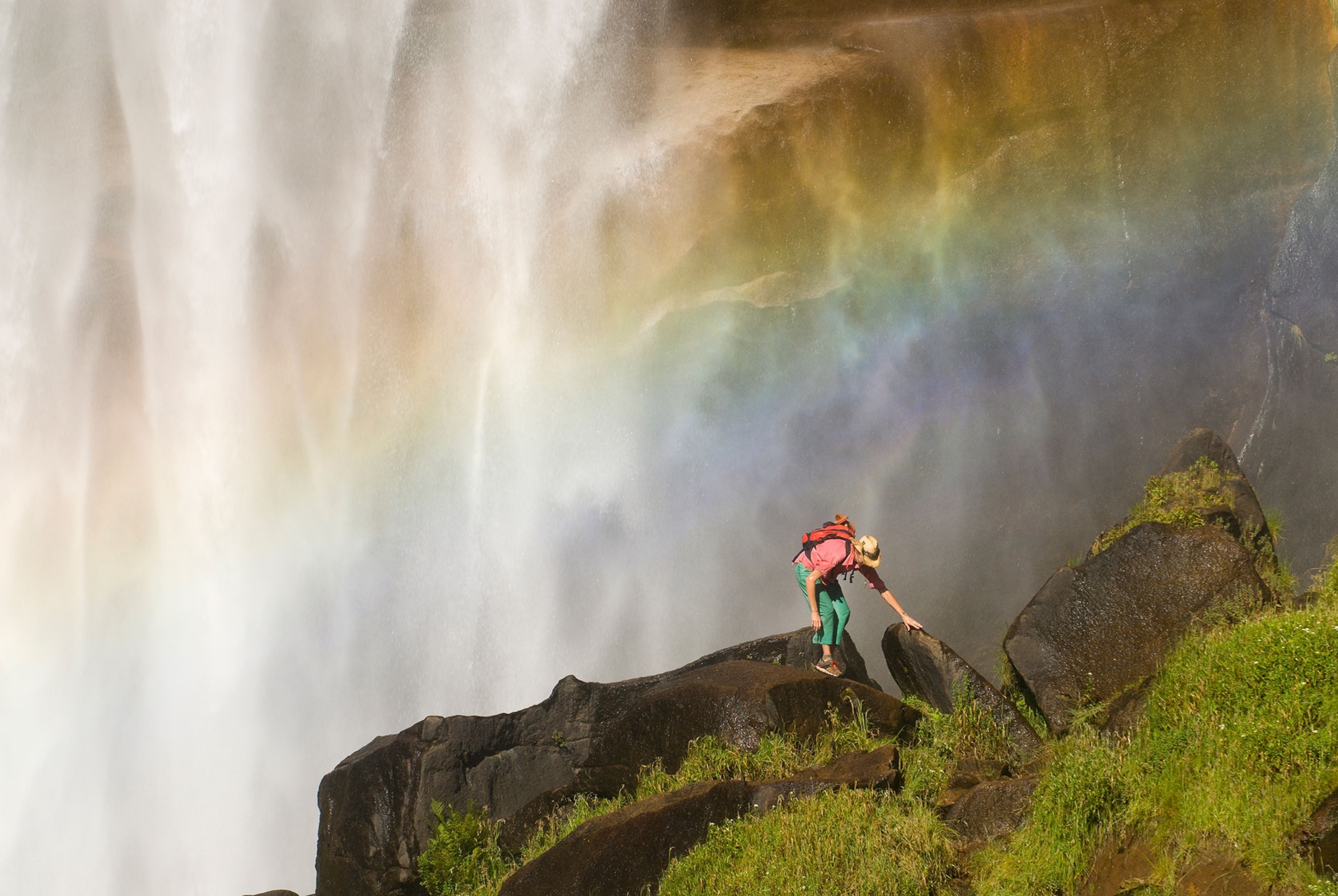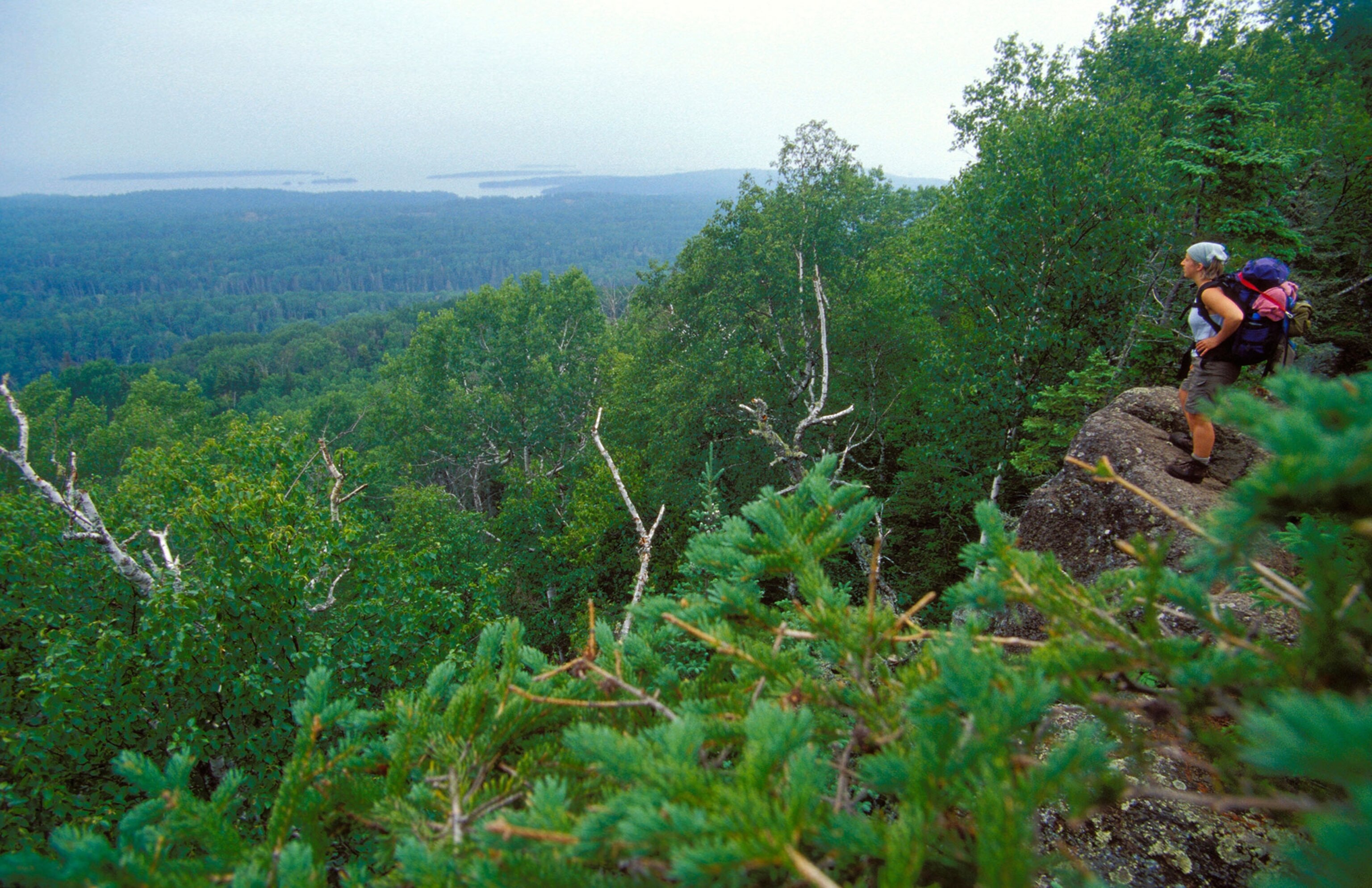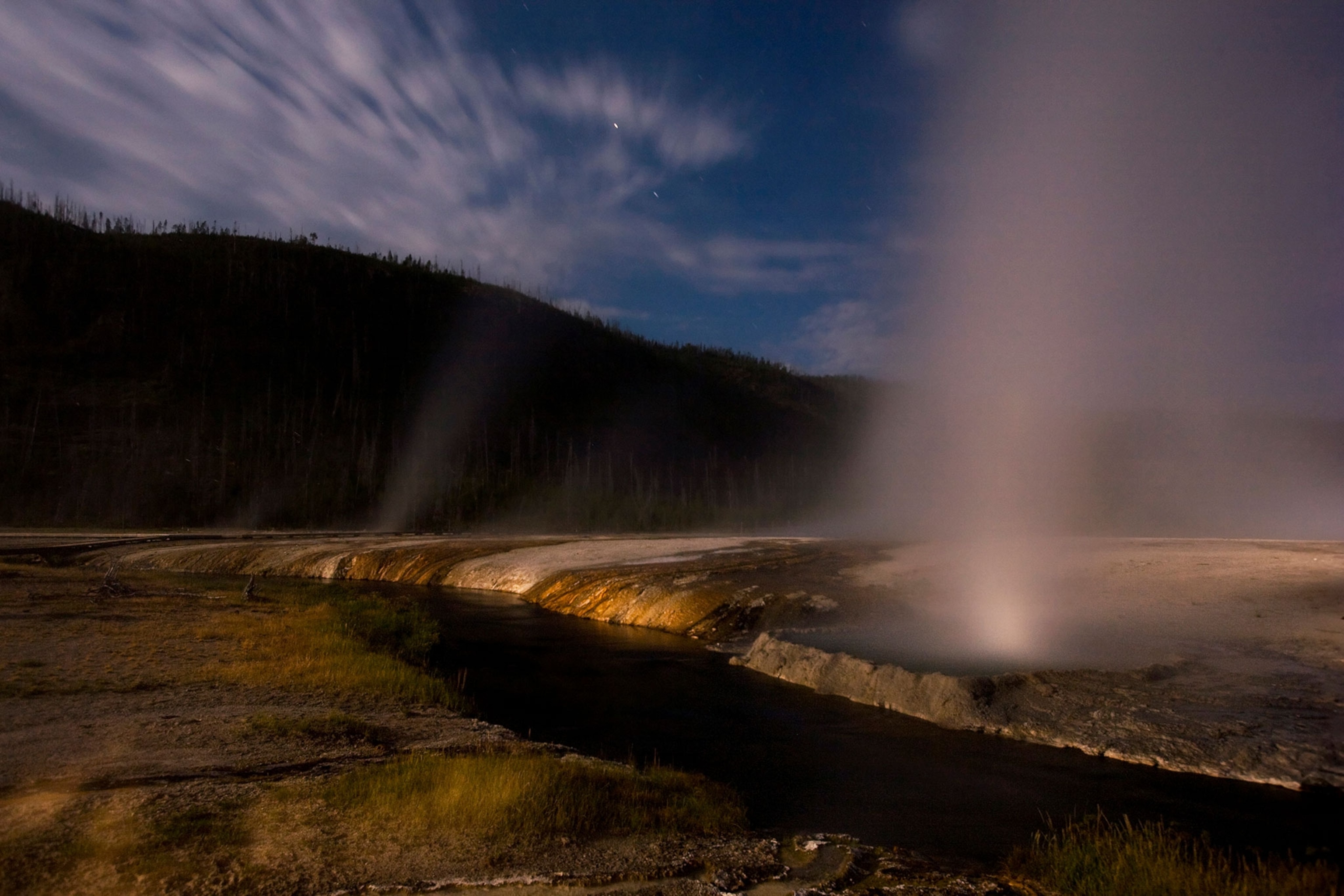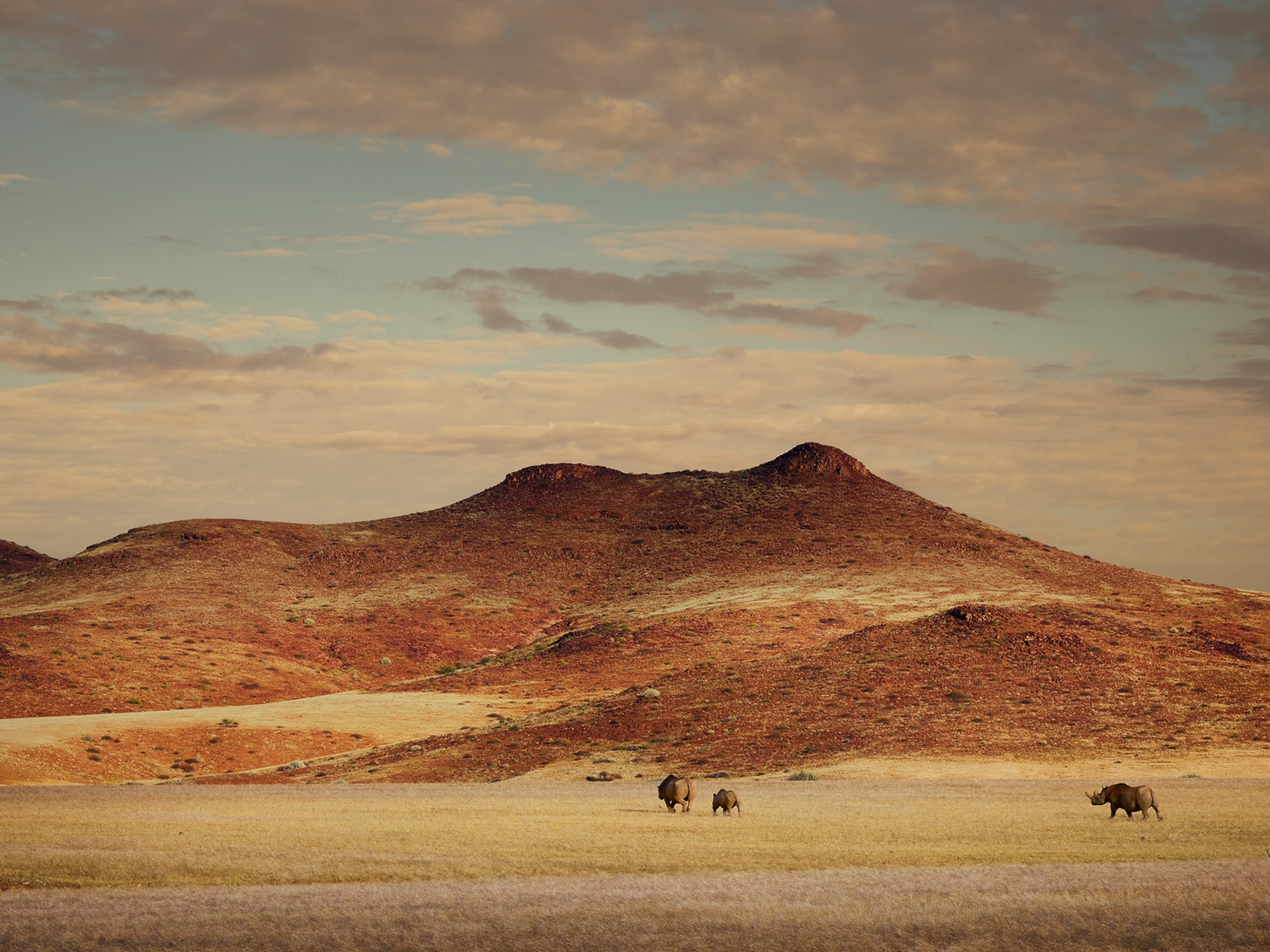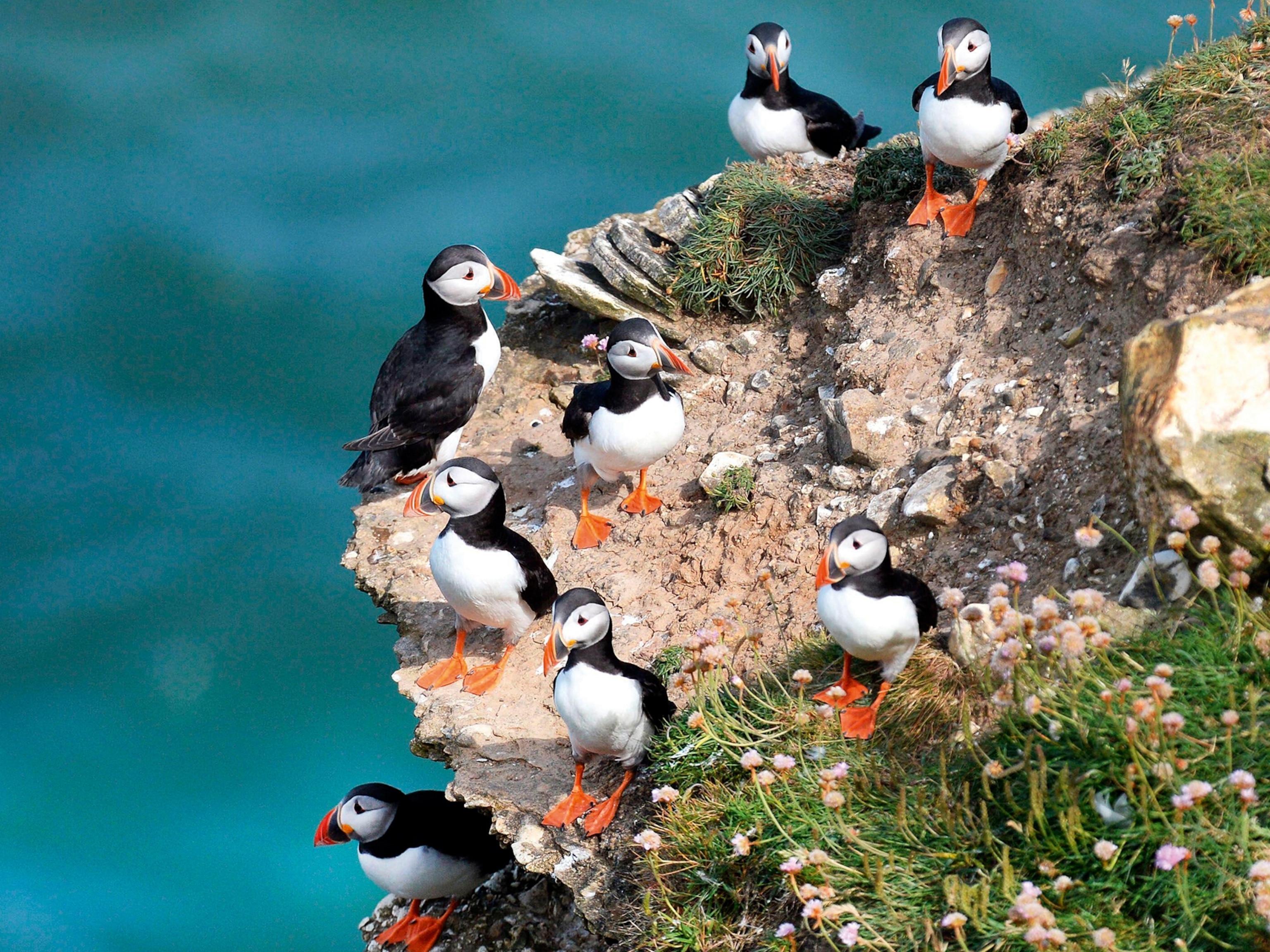
Big Bend Hosts the Most Bird Species of Any National Park
This remote Texas park is home to a remarkable diversity of life.
Location: Texas
Established: June 12, 1944
Size: 801,163 acres
Chihuahuan Desert vegetation—bunchgrasses, creosote bushes, cactuses, lechuguillas, yuccas, sotols, and more—covers most of the terrain. But the Rio Grande and its lush floodplains and steep, narrow canyons form almost a park of their own. So do the Chisos Mountains; up to 20 degrees cooler than the desert floor, they harbor pine, juniper, and oak, as well as deer, mountain lions, bears, and other wildlife. A heavy rain transforms the desert: Normally dry creek beds roar with water, and seeds long dormant burst into fields of wildflowers.
The rocks of Big Bend are a complex lot. Two seas, one after another, flowed and subsided in the region hundreds of millions of years ago, leaving thick deposits of limestone and shale. The present mountains, except the Chisos, uplifted along with the Rockies, roughly 75 million years ago. Around the same time, a 40-mile-wide trough—most of the present-day park—sank along fault lines, leaving the cliffs of Santa Elena Canyon to the west and the Sierra del Carmen to the east rising 1,500 feet and more above the desert floor. In the center, volcanic activity spewed layer upon layer of ash into the air and squeezed molten rock up through the ground to form the Chisos Mountains some 35 million years ago. Molten rock also cooled and hardened underground later to be exposed by erosion.
Big Bend's topographic variety supports a remarkable diversity of life, including 1,200 plant species—some found nowhere else in the world.
People have passed through this terrain for at least 10,000 years. The human pageant in historical times has included Apache, Spanish conquistadores, Comanche, U.S. soldiers, miners, ranchers and farmers, Mexican revolutionaries, and international outlaws and bandits.
Did You Know?
At least 450 species of birds inhabit the park—more than any other national park in the United States.
- National Geographic Expeditions

